What is Matter? It doesn't matter if you don't know Matter...In the article, we will explore Matter protocol further, which is a new future of smart home.
Birth of Matter protocol
Since the end of 2019, the hot topic in the IoT industry is Matter protocol which is called Project Connected Home over IP (shorted by Project CHIP). Project CHIP is a work group that was initiated and built by Google, Amazon, Apple, and the ZigBee Alliance. This group is based on the Internet Protocol (IP) to create a smart home protocol standard that can realize the interoperability of different protocols, increase compatibility among smart home products, and provide a seamless user experience to make our lives easier.
Until May 2021, the ZigBee Alliance established in 2002 was renamed CSA (Connectivity Standard Alliance). Literally, it is an alliance related to connection standards. It sounds more domineering, like a family bucket. Then, the Connected Home over IP protocol was renamed Matter, which is the “Matter” from “it doesn't Matter”.
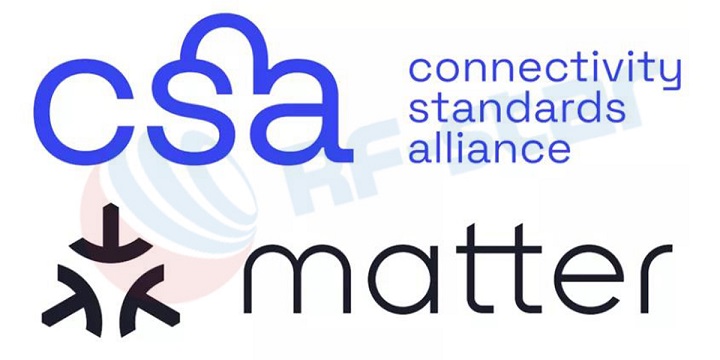
The CSA puts the Matter protocol in the top, which shows the status of Matter and its popularity.
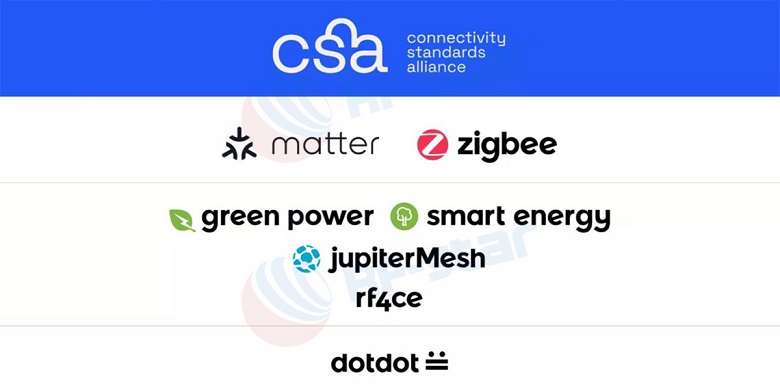
With the release of Matter protocol development plan, the working group works overtime, and the pace of issuing has become increasingly tight. There are still many problems in need of our in-depth analysis:
What changes will Matter protocol bring to the existing IoT communication protocol in smart home?
The communication protocols used in existing smart home IoT products are also diverse, and each wireless technology has its characteristics and applications.
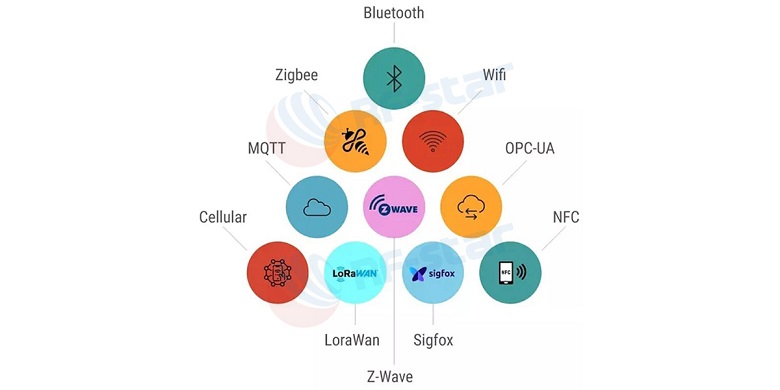
Since Matter is a protocol related to IoT communication, and mainly used at the application layer protocol, will it affect the development of these protocols, especially the landing of products using these protocol technologies? The answer is yes. From the current Matter working group, the first round of protocols discussed and supported are Wi-Fi, Thread, ZigBee, and Bluetooth.
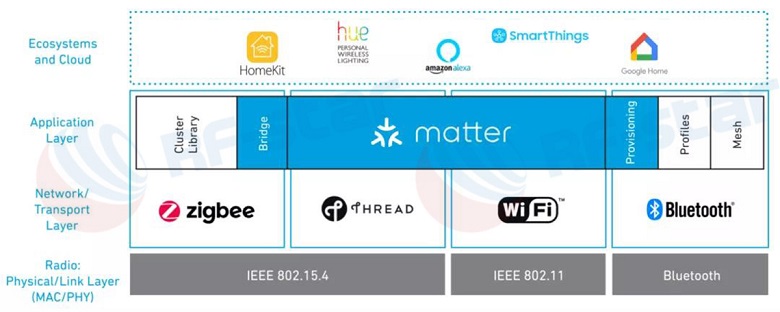
Will Wi-Fi based on the IP protocol be popular again?
As one of the most popular communication protocols in the IoT applications, Wi-Fi will benefit from the birth of Matter protocol again. On one side, Wi-Fi is a technology based on IP protocol from the beginning, and can directly support Matter naturally. On the other hand, Wi-Fi has been short of unified protocol at the application layer, especially at the business level of the smart home industry. Although we are familiar with application layer protocols widely used in Internet of things applications such as HTTP, COAP, and MQTT, they are all standards at the communication level.
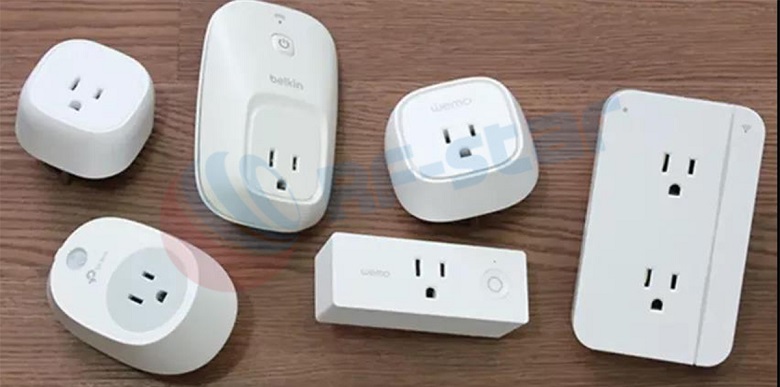
When IoT Wi-Fi products were just launched, smart plugs have become the most popular products. Meanwhile, some problems also appeared to the public.
If a user want to adpot the smart plug produced by each manufacturer, he/she has to install a specific mobile app that will match up the smart device. The function of each smart device is similar, but there are too many apps installed on the mobile phone, and the communication protocol used by each manufacturer and the business data format defined on the protocol are totally different. So, talking about interoperability is even more difficult.
Now with the support of the Matter protocol, the application business is unified, making it possible to interoperate between Wi-Fi-based smart home products. What's more powerful is that Wi-Fi products can also interoperate with other wireless technology products, making Wi-Fi products smarter.
Will Thread protocol application have an explosive growth?
You may haven’t heard of the Thread protocol before. In fact, it was born in 2014. The Thread protocol was developed by Google Nest Labs. When I read the Thread protocol standard for the first time, I was excited because of the advancement and practicality of many technical points. For example, especially compared to ZigBee and Z-wave, no decentralized mesh network of single-point-of-failure, easy to access the Internet based on the IPv6 protocol, high-level security standards, better compatibility guarantees with Open Source Stack, more device roles, and other features. Perhaps these are the reasons why many foreign giants have joined the Thread Alliance. However, the technical advantages did not help Thread to quickly implement productization. Thread products of some manufacturers can be found in foreign countries, and there are few in China.
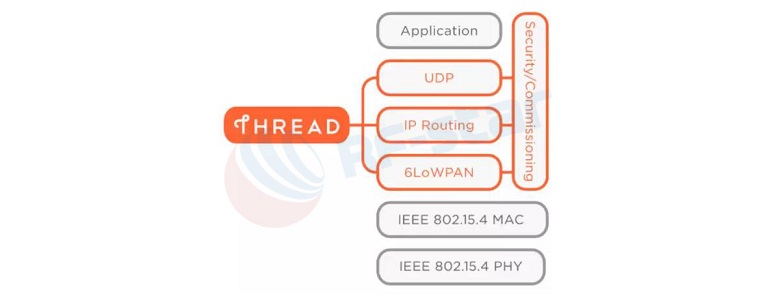
The reason is also Thread protocol's lack of uniform standards at the application layer. Although there is also application layer support such as Google Weave, there is still a lack of strong promotion. Nowadays, the support of Matter protocol can be regarded as having the shortcut of the application layer to the Thread protocol, and it is the shortcut recognized by the major giants. Thread can take advantage of IP-based advantages to easily access the Matter network to achieve interoperability with other products.
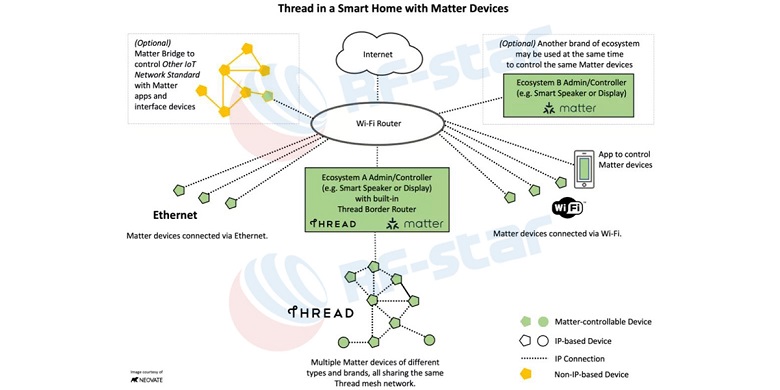
So it seems that the Thread protocol can be perfectly applied to the smart home system, and it may challenge ZigBee, Z-wave, and other protocols in the smart home. With the support of Google Home, Amazon Echo, and Apple Home Pod, they will definitely accelerate the access of Thread single-category products. So, there is a possibility that the Thread protocol application will develop faster in overseas countries, but it may take a longer time in China because the key is the ecosystem. For example, B-end hardcover housing market, which is widely used in smart home so far, almost adopts the ZigBee protocol as an industry standard.
Can ZigBee products move into a single product era?
Manufacturers or developers who are familiar with ZigBee often treat ZigBee as a system technology. They think ZigBee product is quite different from single-category products such as Wi-Fi and Bluetooth. Once the system is mentioned, the high complexity of the system, the difficulty of landing, and the high barriers to entry will come to mind. But for ZigBee, its ultimate goal is to be a single-category product that can be accepted by consumers. Like WiFi and Bluetooth products, ZigBee products bought from IKEA, Amazon, and Taobao can be used immediately after power-on. ZigBee protocol is born with a complete protocol definited from the physical layer to the application layer, and with high interoperability. This is why CSA Alliance (formerly ZigBee Alliance) can lead the development of Matter with several giants.

Once again, Matter protocol provides the possibility of single-product ZigBee products, and it can broaden a wider range of interoperability. The ZigBee device is connected to the Matter Network through the ZigBee-to-Matter bridge and interoperates with other devices that support the Matter protocol. Currently, the interoperability between mature ZigBee 3.0 devices will give a guarantee for standardized access to the Matter network.
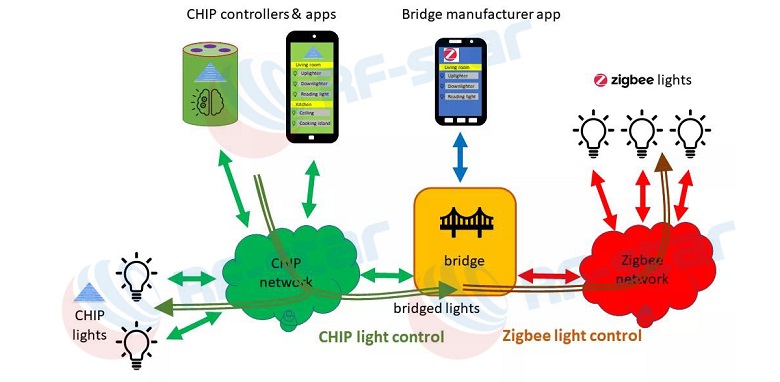
Do Chinese IoT manufacturers break the deadlock and take an aggressive action?
Since the establishment of the CHIP, these giants such as Amazon, Google, and Apple have made up their minds to make the smart home cake bigger. In the beginning, the giants put out their high technologies. Google’s Weave, Amazon’s Alexa, Apple’s HomeKit, and ZigBee’s Dotdot invested in the formulation and development of the new protocol. Later, the giants invested a lot of human resources in the CHIP working group. Different teams played an important role to push the development of the new protocol. By the end of May, more than 180 companies and over 1,700 engineers from these companies have worked hard for this goal. Of course, most of them are foreign manufacturers, and lots of IoT manufactures in China also have taken an aggressive action. From the formulation of protocol standards for the Internet of Things to the landing of final products, chip manufacturers often play a key role in the upstream of the industrial chain. Let's take a look at the new actions of Chinese chip manufacturers.
As one of the largest suppliers of IoT Wi-Fi chips, Espressif has a wide range of customers at abroad, especially in the open-source and geek circles. Espressif technology takes advantage of the trend to participate in the Matter plan, which also helps Espressif quickly transfer from the original Wi-Fi field to other IoT protocols. In early August, Espressif released an ESP32-H2 chip supporting IEEE 802.15.4 and Bluetooth LE v5.2 standards to fully support the Matter protocol. We believe it will focus on Wi-Fi, Thread, and Wi-Fi + Thread (board router) to meet the needs of customers in China.
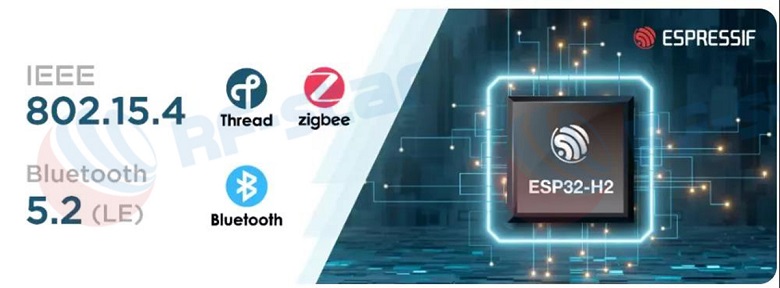
PHY+ Microelectronics has been focusing on the development of low-power Bluetooth chips before. When its first-generation Bluetooth chip PHY6212 was launched, there is a voice on the market that China finally had a domestic Bluetooth chip that could be benchmarked with European and American Bluetooth chips. This time, PHY+ Microelectronics once again launched the PHY6226, BLE+IEEE 802.15.4 dual-mode chip. At present, the platforms of PHY62xx series are also the first to complete the CSA Alliance’s ZigBee compatibility platform certification.
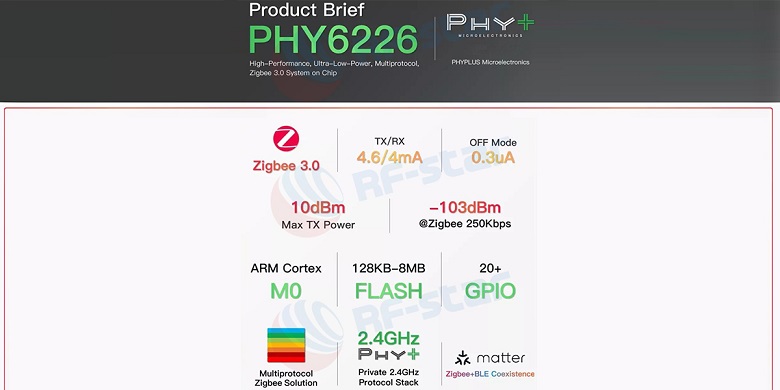
We believe PHY and also agree that the Matter protocol promoted by the giants can bring more opportunities. When it comes to the chip architecture of PHY6226, it can be described as "short and powerful". It is said that the chip is just right to use in existing IoT terminal products. Yang Zhongqi, the director of PHY+ microelectronics software R&D center, also said that at present, the coexistence of multiple protocols in the smart home will be very normal. The formulation of the Matter protocol will bring more opportunities to ZigBee 3.0 standard products. PHY has made a rich product roadmap plan for ZigBee, Thread, BLE, and other technologies. At the same time, PHY will empower other technology products with abundant experience in Bluetooth, such as ZigBee Direct, BLE Provisioning in Matter, and other technologies that require multi-protocol coexistence. PHY will create multi-mode AIOT chips to meet market demands and help customers to accelerate product implementation.
As a rising star of IoT Wi-Fi chips, Bouffalo Lab has been recognized by head customers in home appliances, lighting, and other markets with its excellent performance in today's Red Sea domestic Wi-Fi chip application market. Subsequently, BL702 chip, which is also the combo chip of BLE5.0 + IEEE 802.15.4, and the previous Wi-Fi chip are undoubtedly riveted for Matter support. From the perspective of BL702 chip architecture, it can be said to be an out-and-out family bucket chip. Compared with other traditional dual-mode chips, it has both conceivable and unexpected functions. I believe that Bouffalo Lab will also focus on Wi-Fi and thread on Matter to enter the foreign Matter ecology and access the Matter network through a single product.
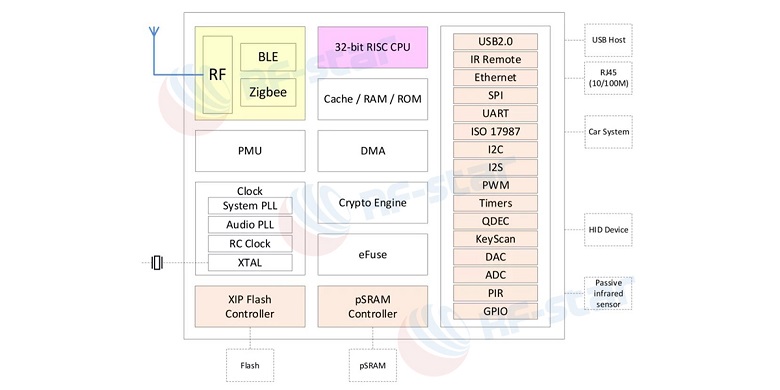
Recently, through several mainstream IEEE802.15.4 and BLE IP providers, we learned that other Chinese semiconductor companies are also consulting related IP integration into existing chips, hoping to get a share of the future Matter market.
Are terminal product vendors focusing on the early dividends of Matter?
These smart home products of IoT terminal manufacturers in China are developing so fast that make foreigners surprise. They all hope to introduce the Matter products to a wide range of market quickly. For most terminal manufacturers, you can now enter the preparation stage to learn about Matter. You can follow the code update on Github (https://github.com/project-chip/connectedhomeip), which can be based on the current support Build some demos of hardware devices. After all, the official Matter open-source SDK will be at the end of 2021, and the 1.0 version of the Specification is expected to be released in early 2022. Only then will there be a relatively complete protocol standard, development environment, and certification test guarantee. And the chip manufacturers in the upstream must be more anxious, and they are all working overtime in the development, hoping to provide a perfect "turnkey" Matter solution to help the product land. In terms of the ecological environment and technical use of Matter products, the initial product ecological environment of Matter must be abroad, mainly based on the ecology of Google, Apple, and Amazon. Technically, it must be Wi-Fi and Thread-related products that are first connected to the Matter protocol. Then there will be ZigBee, Z-wave, and other products that require bridge assistance.
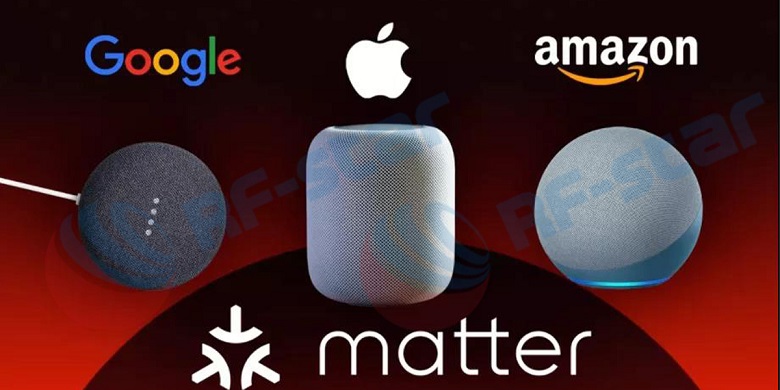
Summary
Reference materials
Written by RF-star senior adviser Mr. Wireless (a We-Media essayist)